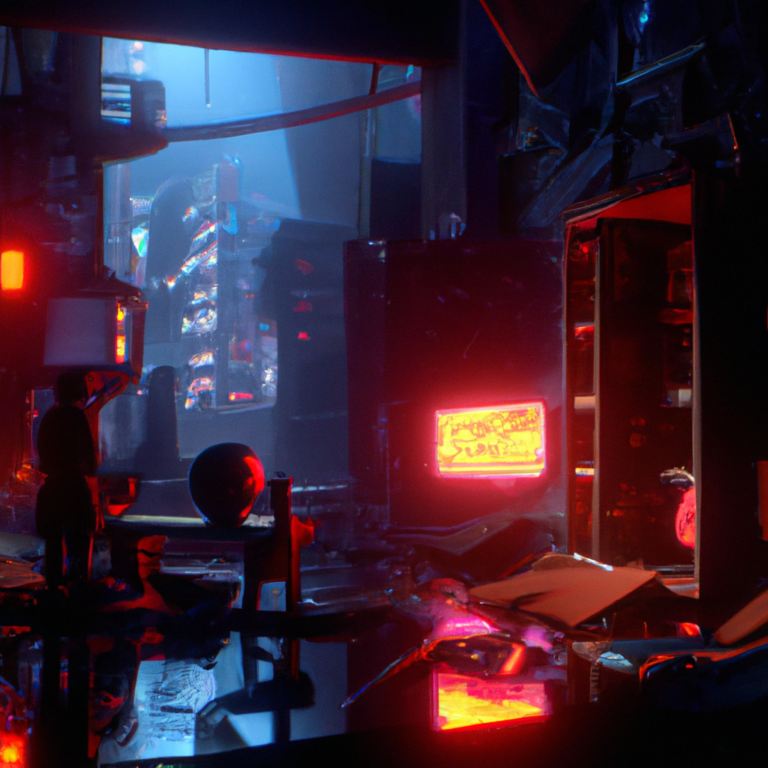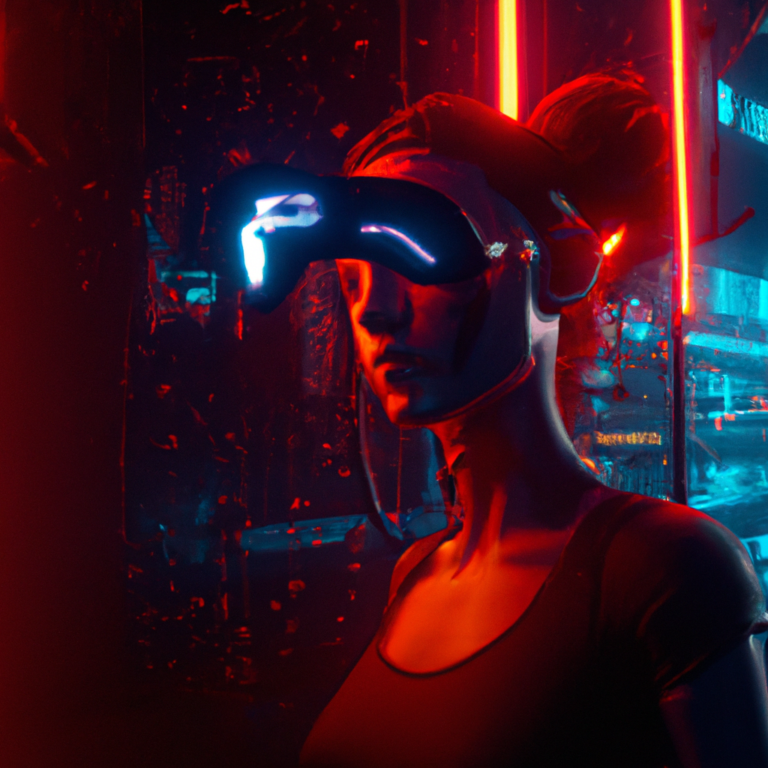“Mastering the Art of AI-Driven Game Characters: A Comprehensive Guide”
Artificial Intelligence (AI) has been revolutionizing various industries, and the gaming world is no exception. AI-driven game characters are becoming increasingly popular due to their adaptability, responsiveness, and ability to create a more immersive gaming experience. In this blog post, we will explore the process of creating AI-driven game characters and the benefits they bring to the gaming world.
## Step 1: Determine the role of the AI-driven character
Before diving into creating an AI-driven character, it’s essential to determine what role the character will play in the game. Common roles include enemy combatants, allies, non-playable characters (NPCs), or even player-controlled avatars. The role will significantly influence the design and implementation of the AI.
## Step 2: Define the character’s behaviors and capabilities
Once the character’s role is clear, the next step is to outline the behaviors and capabilities required. For instance, an AI-driven enemy combatant may need to have attack strategies, evasive maneuvers, and pathfinding abilities. An AI-driven NPC may need to engage in dialogue, express emotions, and perform various tasks to guide the player.
## Step 3: Select the right AI techniques
There are several AI techniques to choose from when creating AI-driven game characters. The choice depends on the desired complexity and realism. Some popular AI techniques include:
1. Finite-State Machines (FSM): This technique involves defining a set of states and the conditions for transitioning between them. It’s suitable for simple AI-driven characters with predictable behaviors.
2. Behavior Trees: This technique allows for more complex decision-making by organizing behaviors in a hierarchical tree structure. Behavior trees enable better code organization and easier debugging.
3. Goal-Oriented Action Planning (GOAP): GOAP is an advanced AI technique that involves creating a dynamic planning system to enable characters to achieve specific goals based on their current state and available actions. It allows for greater adaptability and flexibility in character behaviors.
4. Machine Learning: Game developers can use machine learning algorithms to train AI-driven characters based on existing data or through reinforcement learning. This technique can provide more realistic, human-like behavior and adaptability.
## Step 4: Implement the AI
Once the AI technique is chosen, the next step is implementing it in the game engine. This stage involves coding the character’s behaviors and decision-making processes, ensuring seamless integration with the game world and mechanics.
Depending on the chosen AI technique, developers may need to create state-transition diagrams, design behavior trees, or develop custom algorithms. It’s crucial to test the AI-driven character iteratively, refining the implementation as needed based on player feedback and gameplay balancing.
## Step 5: Fine-tune and optimize the AI
The final step in creating AI-driven game characters involves fine-tuning and optimizing the AI. This process may include refining behavior patterns, balancing difficulty levels, or tweaking performance to ensure smooth gameplay on various devices.
In conclusion, AI-driven game characters can significantly enhance the gaming experience, providing engaging, immersive, and adaptive gameplay. By carefully considering the character’s role, defining their behaviors and capabilities, selecting the appropriate AI techniques, implementing the AI, and fine-tuning the results, game developers can create more intelligent, responsive, and lifelike characters that keep players coming back for more.







